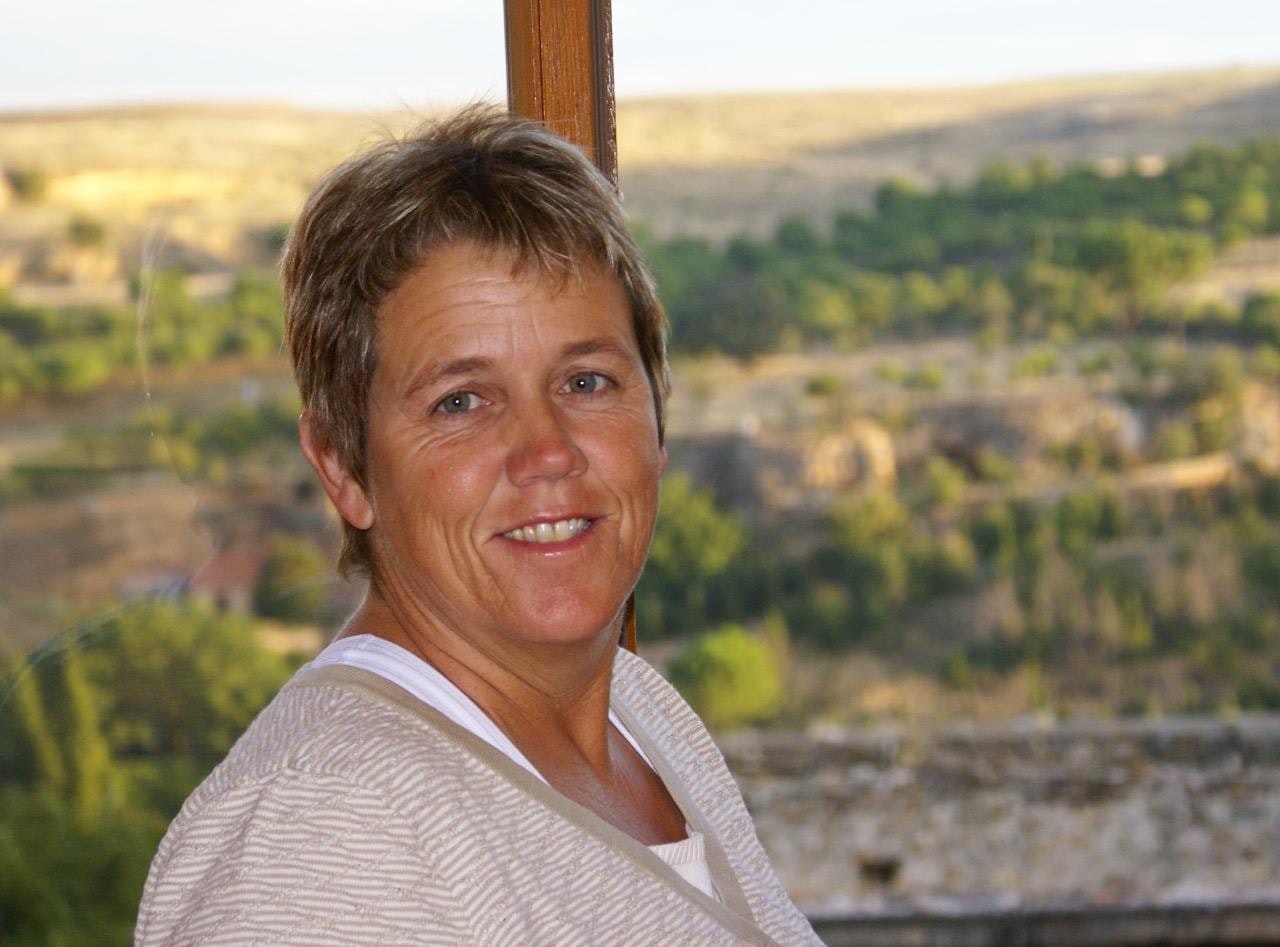The Biden Administration has proposed significant changes to how federal lands are managed by the U.S. Interior Department, shifting the Bureau of Land Management away from its principles of multiple use and sustained yield to require "conservation" with the department to issue conservation leases on par with grazing and mineral leases.
This is in addition to an Interior Department order issued last month that requires creation of a plan to restore wide-ranging bison populations on public lands.
Conservation Leasing
The 88-page proposed rulemaking issued last week noted that the Federal Land Policy and Management Act (FLPMA) "requires that unless 'public land has been dedicated to specific uses according to any other provisions of law,' the Secretary, through the BLM, must 'manage the public lands under principles of multiple use and sustained yield.'"
The proposed rule would change that, to "require the BLM to plan for and consider conservation as a use on par with other uses under FLPMA's multiple use framework and identify the practices that ensure conservation actions are effective in building resilient public lands."
The document notes that it "offers a new tool, conservation leases, that would allow the public to directly support durable protection and restoration efforts to build and maintain the resilience of public lands. These leases would be available to entities seeking to restore public lands or provide mitigation for a particular action."
Rather than using land use plans to designate areas that could be subject to conservation leasing, "the BLM will determine whether a conservation lease is an appropriate mechanism based on the context of each proposed conservation use and application, not necessarily as a specific allocation in a land use plan."
While the document cautions that people should not interpret the rule to exclude public access to leased lands for casual use, "the purposes of a lease may require that limitations to public access be put in place."
The rule proposes other significant changes, including applying land health standards to all BLM-managed public lands and uses. Currently these standards are only used on livestock grazing allotments and only apply to livestock grazing, regardless of what use of the land may be causing an impact to the land. The rule would apply land health standards "across all program areas."
Another significant change would be the BLMs prioritization for designating areas of critical environmental concern (ACECs). The BLM would be instructed to "emphasize the role of ACECs as the principal designation for public lands where special management attention is required to protect important natural, cultural, and scenic resources, and to protect against natural hazards. It would also emphasize the requirement that the BLM give priority to the identification, evaluation, and designation of ACECs during the planning process."
The BLM is currently accepting public comment on the proposed rule, which as one news outlet put it, would be a "seismic shift" in management of public lands. But that's not the only change in the works for public lands.
Bison Restoration as Inflation Reduction?
The Biden Administration has allocated $25 million from Inflation Reduction Act funds to go toward restoration of bison on federal grasslands and prairies, and Interior Secretary Deb Haaland issued an executive order requiring development of a plan to "lead or support the establishment of additional, wide ranging, healthy and brucellosis-free, bison herds on federal and Tribal lands." The plan must adhere to the principle to "pursue restoration of wide-ranging herds on large landscapes to support ecological and cultural restoration by facilitating discussion among federal agencies, Tribes, states, and other partners."
A federal Bison Working Group will consist of the National Park Service, Fish and Wildlife Service, Bureau of Indian Affairs and Bureau of Land Management, and the Geological Survey. This group will work on a strategy to "identify optimal approaches for populating new, healthy herds of wild bison" and "because most bison on Federal lands live in relatively small, isolated, range-restricted herds," the new plan will focus on "managing these populations as one single connected population." The executive order mandates completion of the draft plan by the end of this year.
These are the latest developments in the Biden Administrations efforts to shift how public lands are managed, but animal advocacy groups are pushing for even more changes. From petitions for Endangered Species Act protection for pygmy rabbits to seeking federal protection for wolves in the Medicine Bow National Forest due to the upcoming Colorado wolf reintroduction project, anti-public lands livestock grazing advocates are pushing projects to "rewild" the West. Another proposal, backed by Western Watersheds Project, urges President Joe Biden to issue an Executive Order that closes all federally-managed public lands in the United States to beaver trapping and hunting "as an emergency climate change and biodiversity loss response measure." The letter complains that state wildlife agencies refuse to protect beavers and asks the president to step in. Among the letter's Wyoming signatories were Wyoming Wildlife Advocates and Wyoming Untrapped.
As ill-conceived as some of its own proposals may be (and they are), the Biden Administration isnt going along with all the outside suggestions from its allies. Yesterday the U.S. Fish & Wildlife Service rejected a petition to list coyotes as endangered under the ESA due to similarity of appearance with endangered Mexican wolves. The petition was filed by the usual suspects: Western Watersheds Project, Center for Biological Diversity, WildEarth Guardians, etc.
Cat Urbigkit is an author and rancher who lives on the range in Sublette County, Wyoming. Her column, Range Writing, appears weekly in Cowboy State Daily.





